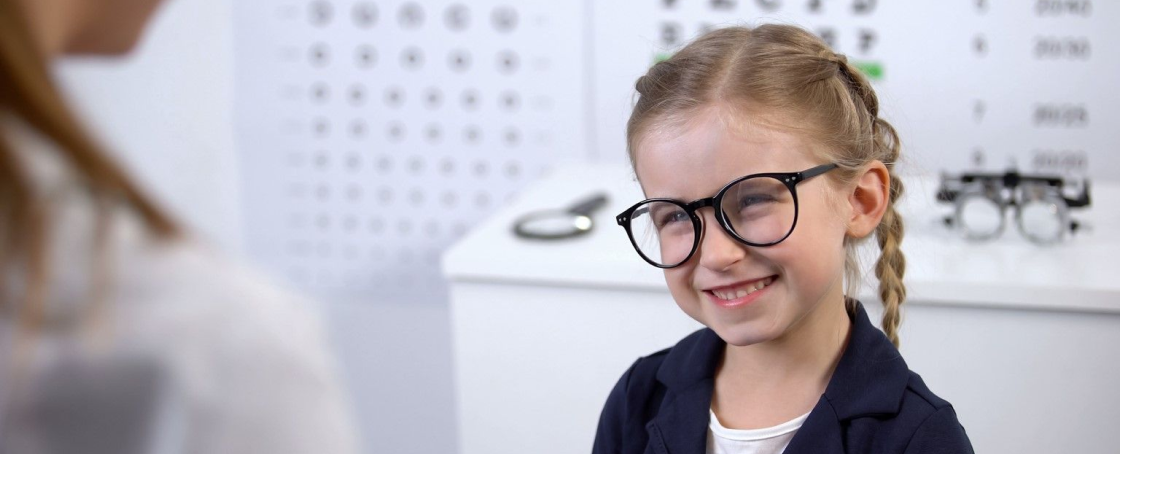Signs Your Child Might Need an Eye Exam
While regular exams are important, there are specific signs that may indicate your child has a vision issue. Schedule an exam if your child experiences:
- Squinting or tilting their head when looking at things.
- Holding books or tablets very close to their face.
- Complaining of headaches or tired eyes.
- Poor performance at school or difficulty reading.
- Rubbing their eyes frequently.
Common Pediatric Eye Conditions (H2):
Our optometrists are skilled in diagnosing and treating common pediatric eye conditions, including:
- Amblyopia (Lazy Eye): A condition where one eye is weaker than the other.
- Strabismus (Crossed Eyes): Misalignment of the eyes, which can impact depth perception.
- Myopia (Nearsightedness): Difficulty seeing objects far away.
- Hyperopia (Farsightedness): Difficulty seeing objects up close.
Early detection and treatment are key to managing these conditions and ensuring your child has the best possible vision.
The Role of Vision in Learning (H2):
Did you know that up to 80% of what children learn is through vision? Undiagnosed vision problems can lead to difficulty in school, making it harder for your child to concentrate, read, and complete assignments. A pediatric eye exam ensures that any vision issues are identified early, giving your child the tools they need to succeed academically.
